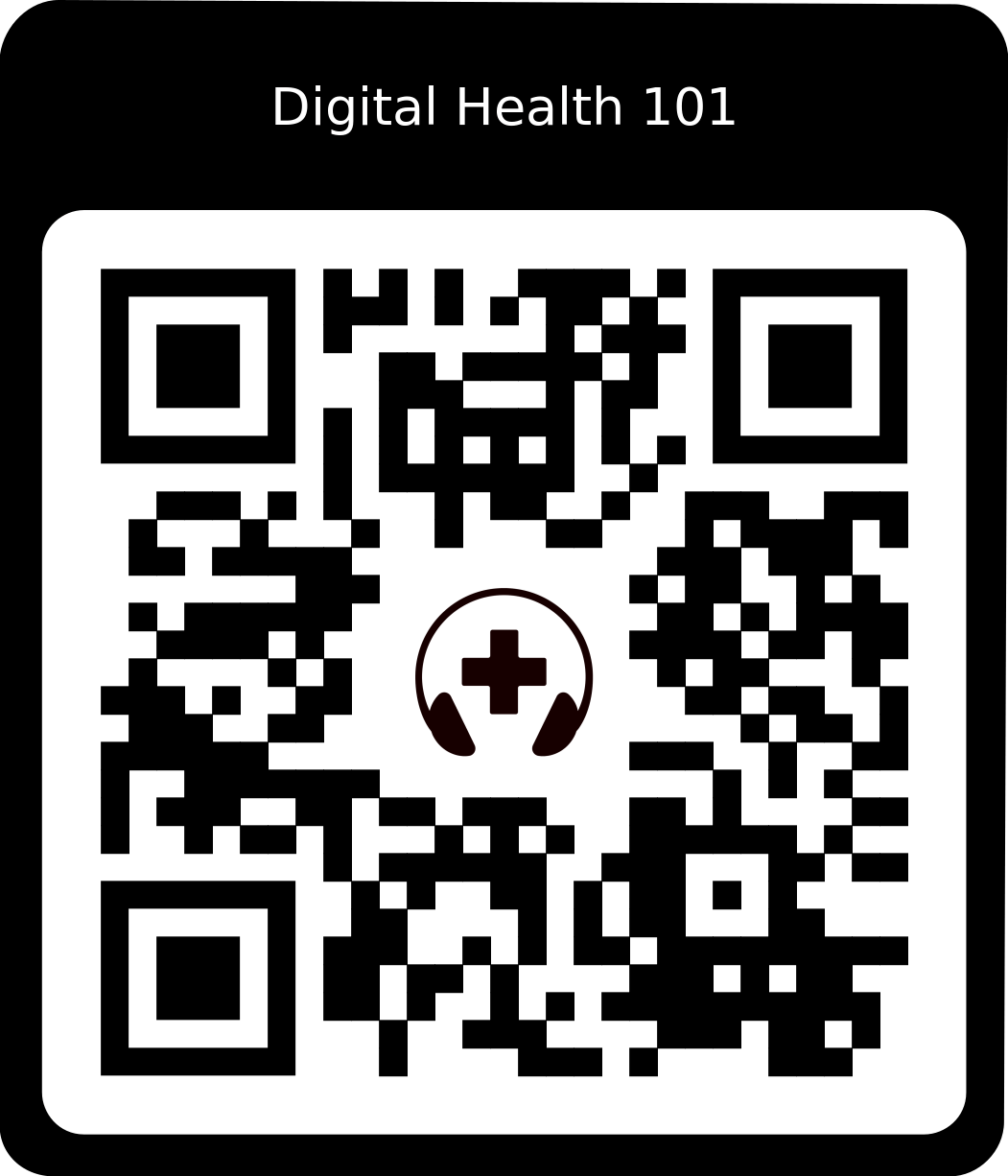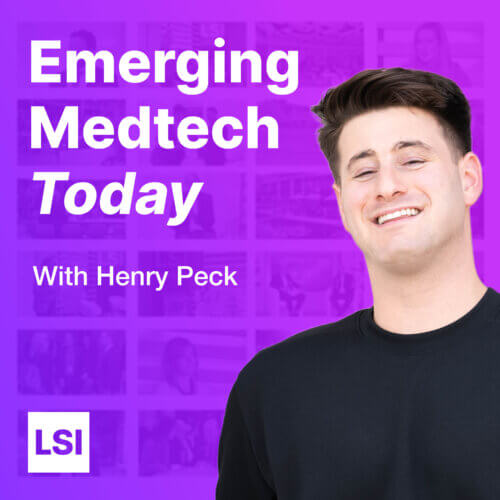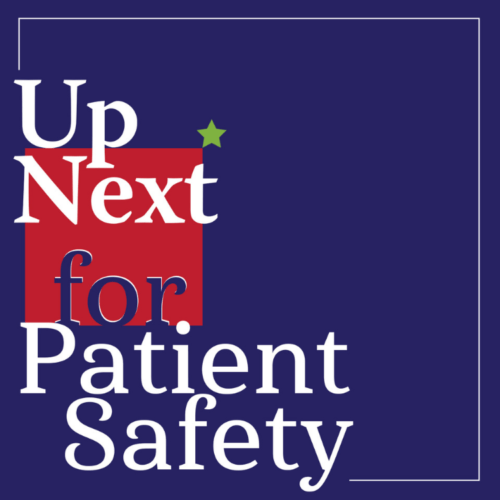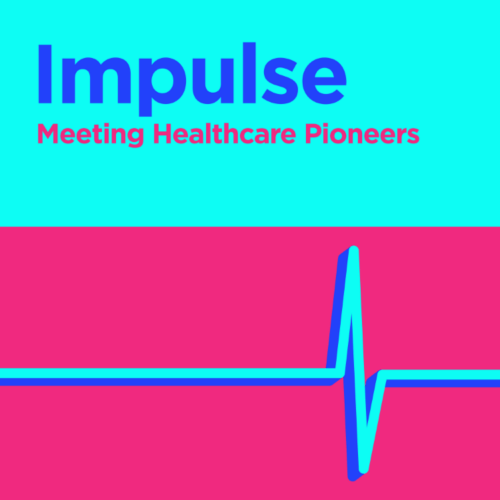What is Virtual Reality? And how can it be used in healthcare?
In this episode we do a deep dive into virtual reality, and we are honored to feature a doctor synonymous with VR, Dr. Justin Barad.
In this interview, Justin defines virtual reality, shares some background context and history, and discusses some of the advantages of training in the VR world. He also talks about VR in healthcare, especially in surgery, pain, anxiety management, psychiatric space, and optometry space. Justin also shares his thoughts on possible areas of VR applications, how technology should be used in healthcare, and some studies showing a significant increase of skill transfer in the use of Osso VR.
Learn more about virtual reality and its impact on healthcare in this exciting episode of DH 101. Please tune in!
About Justin Barad, MD
Justin is the Co-Founder and CEO at Osso VR, a surgical training and assessment platform that teaches medical procedures in a highly realistic virtual environment. He is a board-eligible orthopedic surgeon with a Bioengineering degree from UC Berkeley and an MD from UCLA, where he graduated first in his class. He completed his residency at UCLA and his fellowship in pediatric orthopedics at Harvard and Boston Children’s Hospital.
Key Takeaways:
- There’s too much to learn in healthcare, and doctors cannot know it all.
- There was an accelerating need for some way to train people remotely without needing to be physically together and without having access necessarily to patients, cadavers, or equipment.
- The VR platform is broadly applicable.
- In healthcare, it takes a village, and everything’s a partnership.
- Have a realistic expectation of what VR is and isn’t.
- Working with technology is a skill set. First, you need to have a basic understanding of how the software works.
- We need to make space and provide education around technology and integrate it more.
- We need to start thinking about how we can systematize creating the next generation of healthcare technologies.
Connect and Follow Dr. Justin Barad on LinkedIn, Twitter, and the Web
- LinkedIn: https://www.linkedin.com/in/justinbaradmd/
- Twitter: @jbhungry
- Website: https://ossovr.com/


































